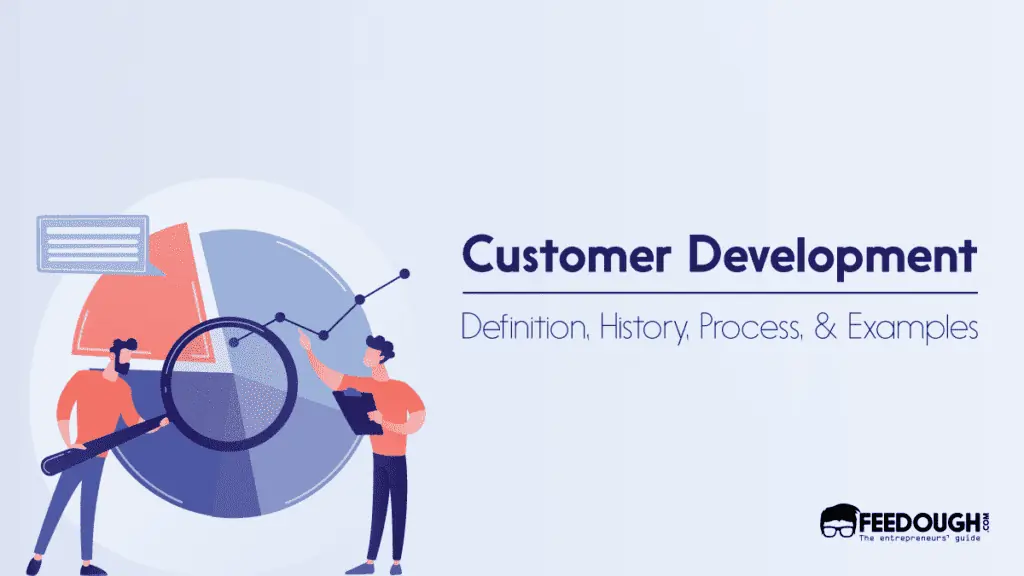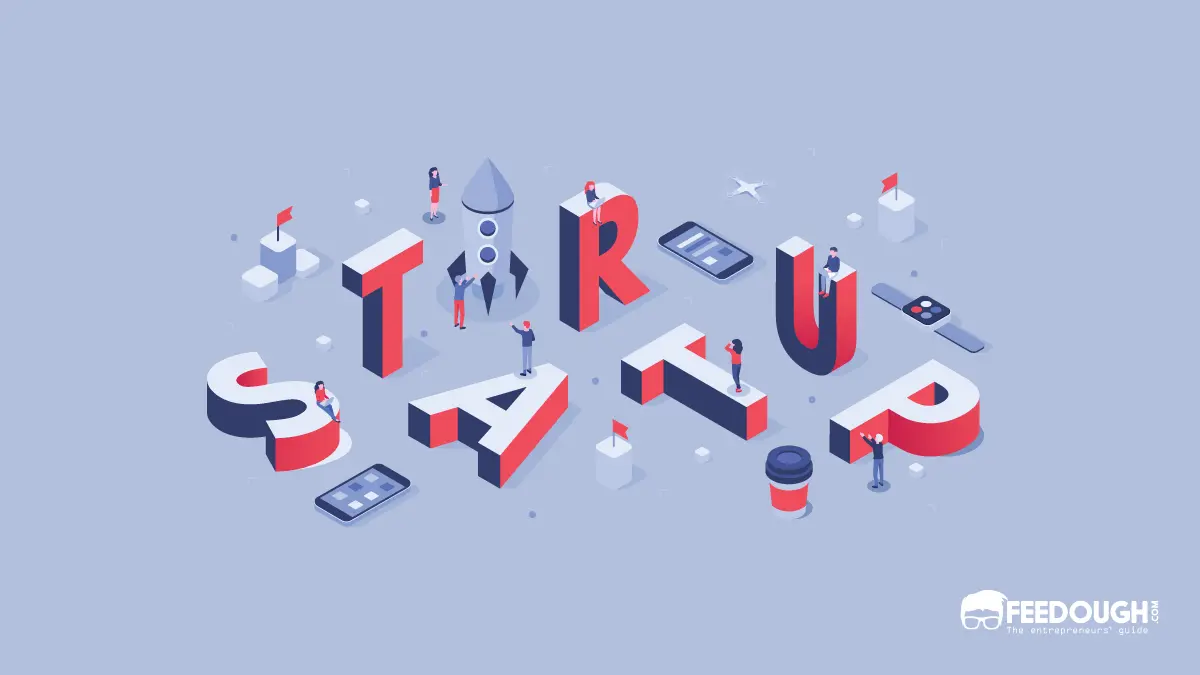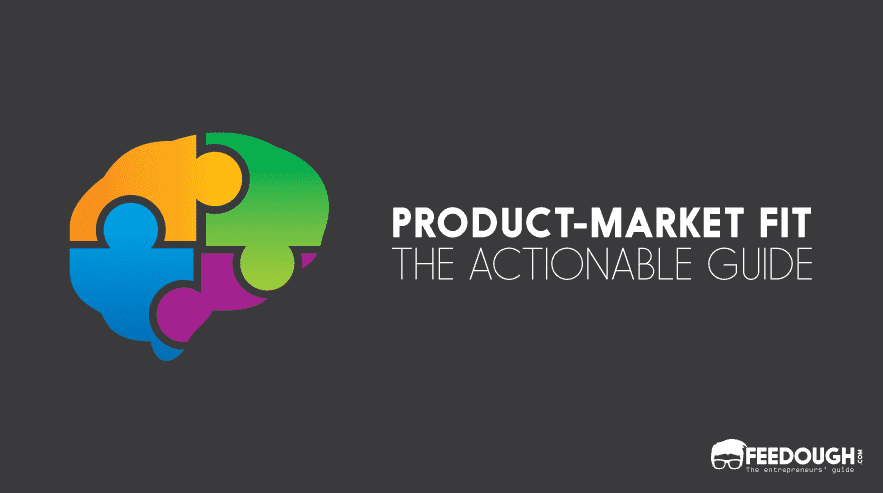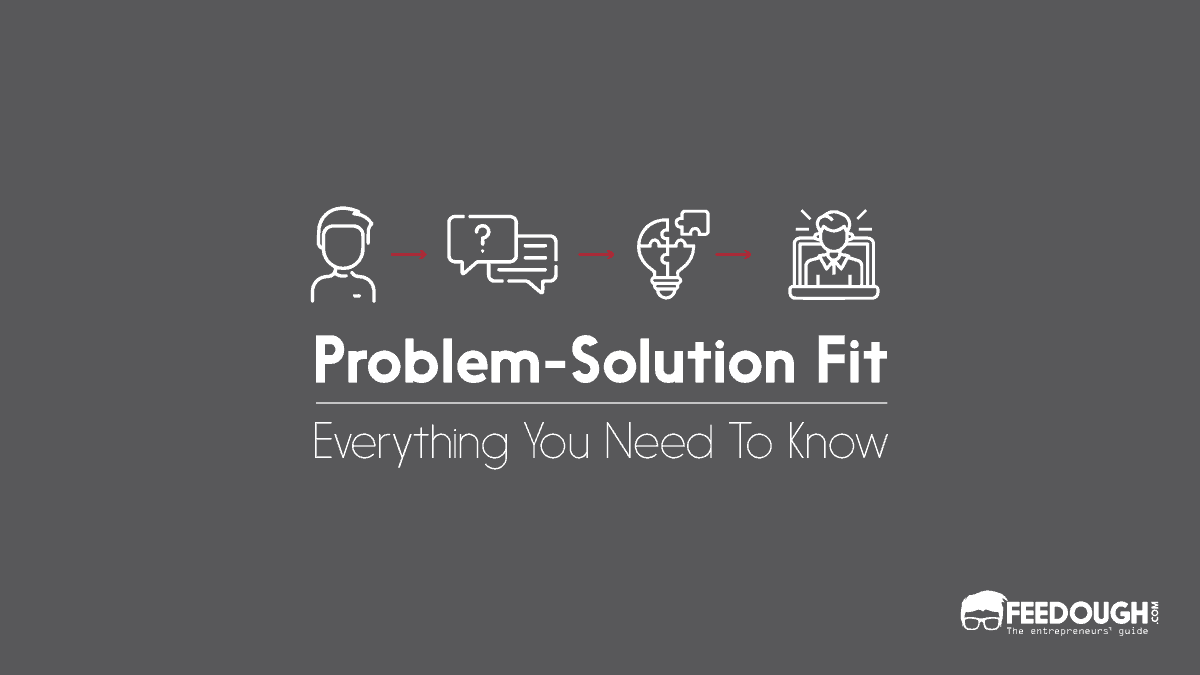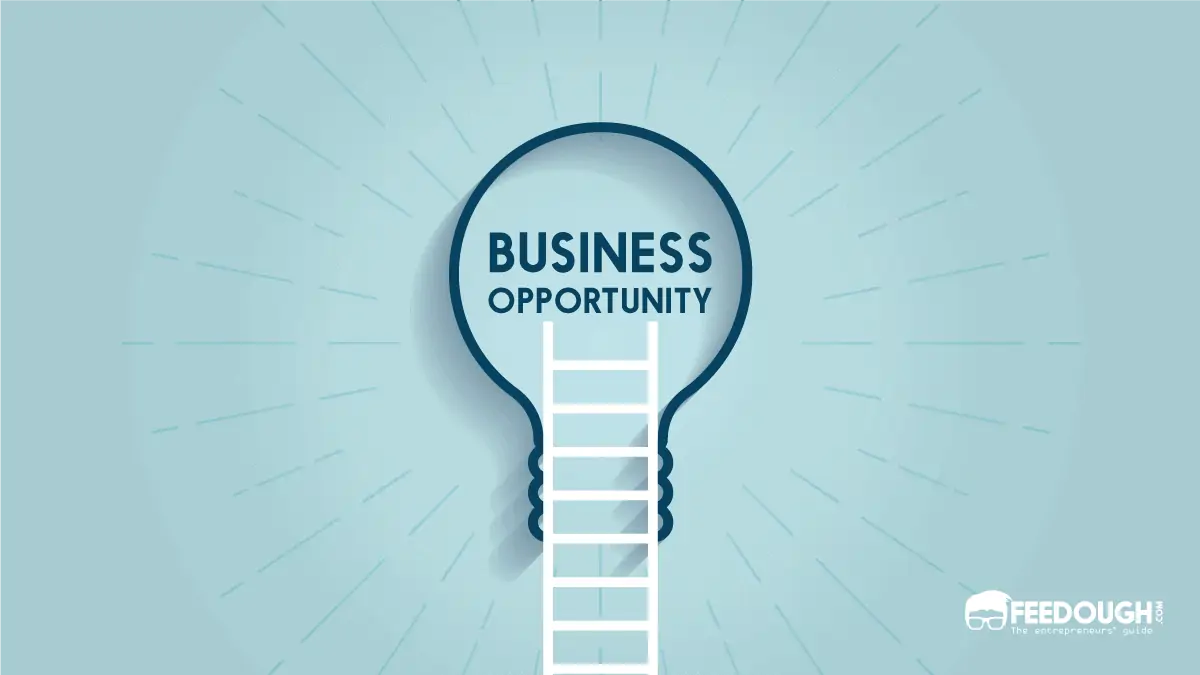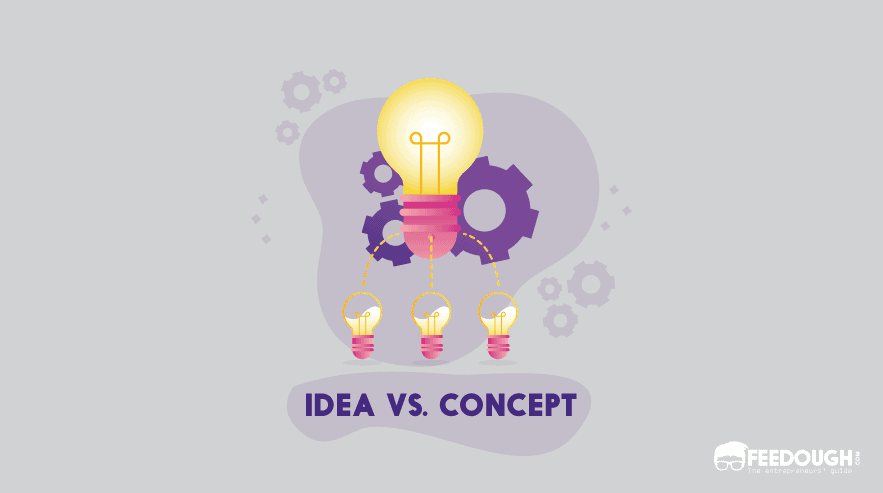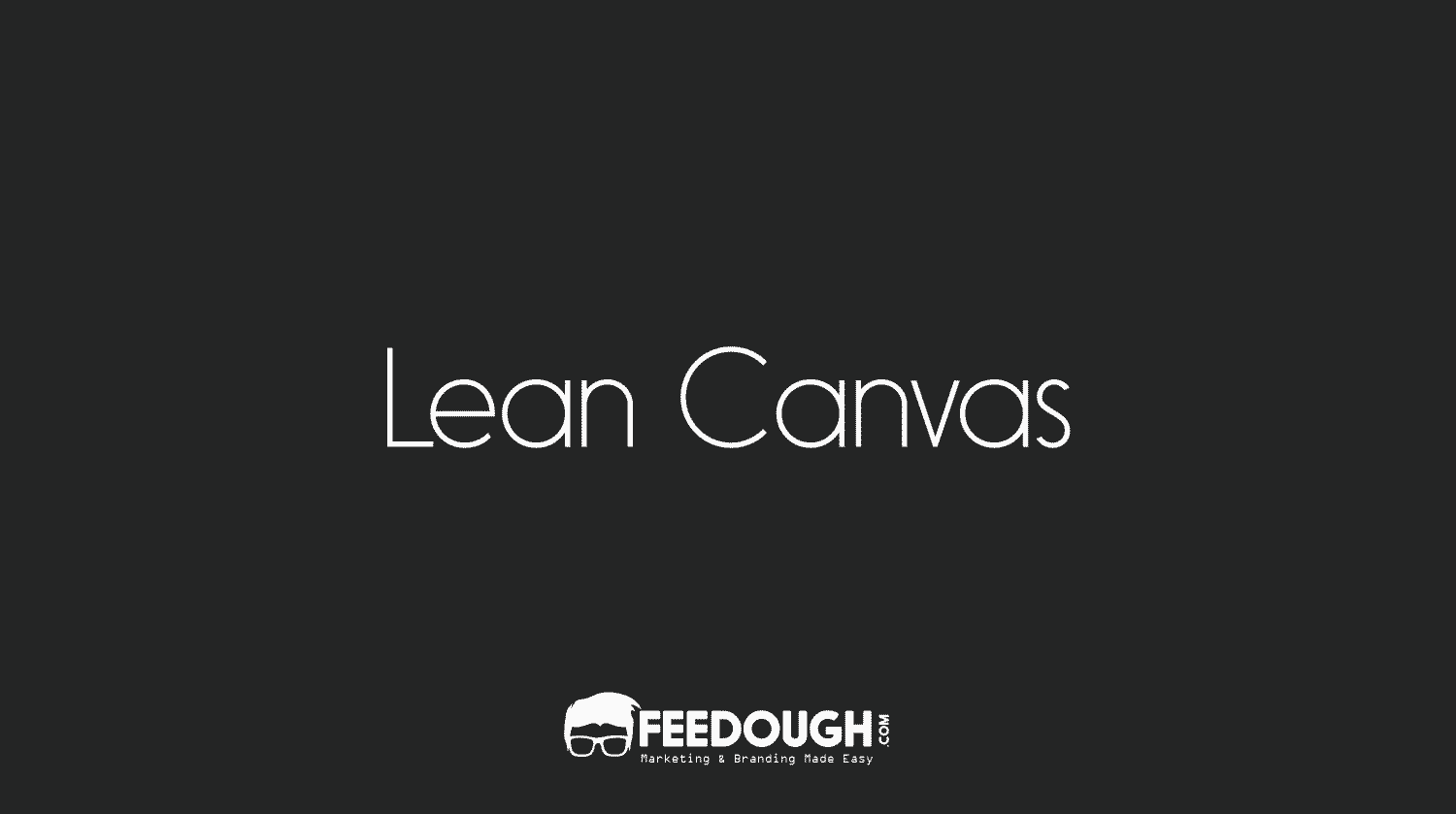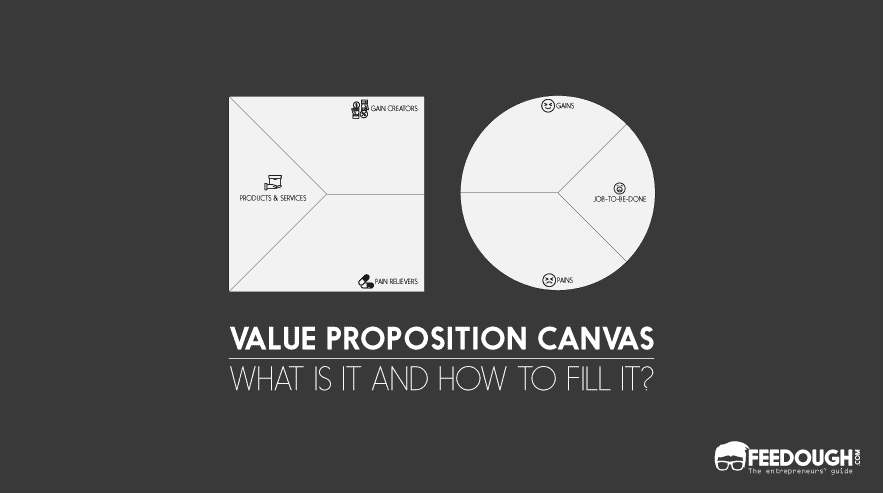Unlike traditional businesses, startups don’t have the benefit of an existing customer base or market to rely on. They need to create their own market and customers from scratch, which can be a daunting and risky proposition.
All this is because startups are typically trying to solve a problem that nobody has realised exists yet, or they’re offering a new solution to an existing problem that is much better than what’s currently available. In either case, there’s no guarantee that people will actually want or need what the startup is offering.
This is where customer development comes in.
What is Customer Development?
Customer development is a formal methodology proposed by Steve Blank focused on helping startups comprehend the customer’s needs and build ideal products to meet their expectations.
This includes identifying and testing the assumption that there is a market for the product or service, validating the problem that the product or service is solving, and developing and refining the solution to meet the needs of the target customer base.
The goal of customer development is to reduce the risk of failure by helping startups gain a deep understanding of their customers and the market they’re operating in.
Importance Of Customer Development
Customer development is part of the three-part Lean Startup methodology (business model design, customer development, agile engineering).
It is a vital methodology to safeguard startups as they do not follow the same rules as traditional businesses. They have to validate their business model by testing it with customers and gathering feedback to improve their product or service.
Customer development allows startups to:
- Execute their ideas systematically by validating their assumptions about the problem and the solution early on.
- Develop a deep understanding of who their customers are and what they need.
- Get feedback from customers to inform product development.
- Iterate quickly based on customer feedback to build a product that meets customer needs.
- Reduce risks by making sure they’re solving a problem that people actually care about.
- Avoid stagnation by continually testing and learning.
History Of Customer Development
Steve Blank came up with the concept of customer development when he was writing about his experiences as an entrepreneur in Silicon Valley in the 1990s.
He realised that startups are not just the smaller versions of big companies, but they actually have to follow different rules.
This startup model lacked crucial data. The way to get this data was to speak to customers, something that Blank realised startups were not doing enough of.
In his book The Four Steps to the Epiphany, he proposed the customer development model as a solution to this problem. The model, however, received much greater attention when Eric Ries popularised it in his book The Lean Startup.
Startups have since adopted the Lean Startup methodology all over the world as a way to reduce the risk of failure.
The Customer Development Process
Customer development is a four-step-long process that startups use to understand their customers and the market better. These four steps are classified into two phases – search and execution
Search: It is about understanding the problem that the startup is trying to solve and testing assumptions about the solution. After the problem-solution fit, the startup searches for the product-market fit. This phase comprises customer discovery and customer validation steps of the customer development process.
Execution: This phase is about taking the product to market and scaling the business. In this phase, startups focus on building the product, launching it, and acquiring customers. This phase comprises customer creation and company-building steps of the customer development process.
Let’s take a deep dive into each step of the customer development process:
Step 1: Customer Discovery
Customer discovery is where the startup founders map out all the assumptions about their product and convert them into falsifiable hypotheses. These hypotheses include assumptions about the problem, target market, and solution.
This step also involves coming up with plans to test these hypotheses by talking to customers.
The goal of customer discovery is to validate the problem that the startup is trying to solve and to find a fit between the solution and the problem. This is done by talking to potential customers, understanding their needs, and testing assumptions about the product.
This step helps startups answer important questions such as:
- Who are our target customers?
- What is the problem that we’re trying to solve?
- What are the existing solutions?
- What do customers like or dislike about existing solutions?
- What are our potential solutions?
- What value proposition do our potential solutions offer? Does it align with the market needs?
Step 2: Customer Validation
Customer validation is where startups validate their hypotheses about the product-market fit. It involves finding the answer to the question:
Whether the startup and its business model repeatable and scalable?
This is done by launching an MVP and testing the business idea in the real market. If the MVP is successful, there is a product-market fit.
The goal of customer validation is to validate the business model and to find a repeatable and scalable way to acquire customers. This step helps startups build a repeatable sales roadmap and a growth plan.
Once validated, the startup can move on to the next step, customer creation.
Step 3: Customer Creation
Customer creation is where startups focus on acquiring long-term customers and scaling the business. In this phase, startups build the product, launch it, and acquire customers.
The customer creation phase focuses on creating an end-user demand for the product.
This is where different startups start using different marketing and sales strategies to acquire customers. It depends on the type of startup and the market.
Step 4: Company Building
The company building stage is where startups transition from their informal, learning, and search phase into a more formal, structured, and execution-focused phase. In this stage, startups focus on building the team, processes, and systems to scale the business.
The goal of company building is to build a strong foundation for growth. This is done by putting the right people in the right roles, building business processes and systems, and raising money from the right investors.
This is the final stage of the customer development process, and it sets the startup up for long-term success.
Examples Of Customer Development
Every successful startup goes through the customer development process. Let’s take a look at some examples:
Airbnb
Airbnb is a platform that allows people to find and book rooms from local hosts. The company was founded in 2008, and it has raised over $6 billion in funding.
In the early days, the founders of Airbnb focused just on customer discovery. They started by renting out air mattresses in their apartment and quickly learned that people were willing to pay for a place to stay (problem-solution fit).
They then moved on to customer validation and built an MVP (Airbedandbreakfast.com) of their platform. They launched it in San Francisco and acquired its first customers during the Industrial Design Conference.
Once they validated their business model, they raised money from investors and focused on customer creation. They launched their platform in different cities and used various marketing and PR strategies to acquire customers.
Today, Airbnb is a billion-dollar company with over 150 million users.
Slack
Slack is a messaging platform for teams. Founded in 2009, it has raised over $1.4 billion in funding.
Slack was initially started as an internal tool for the founders’ previous company, Tiny Speck. This was the premise of their customer discovery. They quickly realised that the tool could be valuable for other companies as well.
They then decided to focus on customer validation and built an MVP of Slack which they launched in 2013. The company acquired its first paying customers within a few months. In fact, by May 2013, the company already had 45 customer companies using Slack.
Slack’s business model was such that the customers couldn’t leave the platform once they were using it (because all their data was stored on Slack), which meant customer validation was also customer creation.
Once they validated their business model, the company raised money from investors and started to focus on customer creation. They launched their platform to the public in 2014 and became the fastest-growing startup ever.
Today, Slack is a billion-dollar company with over 12 million daily active users.
Benefits Of Customer Development
Startups that go through the customer development process have a much higher chance of success than those that don’t.
Some of the benefits of customer development include:
- It helps startups mitigate risks: Customer development helps startups identify and reduce the risks associated with their business models.
- It saves time and money: Startups can avoid wasting time and money on building something that no one wants by validating their business models early on.
- It improves the chances of success: Startups that go through customer development are more likely to succeed than those that don’t.
- It helps startups understand their customers better: Customer development helps startups understand their customers’ needs and pain points by interacting with them directly.
Pitfalls Of Customer Development
Despite the many benefits of customer development, there are also some potential pitfalls that startups should be aware of:
- It can take a long time: The customer development process can take several months (or even years) to complete. This can be a problem for startups trying to get to the market quickly.
- It can be expensive: Startups that want to do customer development properly need to be prepared to spend money on things like market research and customer surveys.
- There can be a difference of opinion: The startup founders might not all agree on the best course of action to take during customer development. This can lead to disagreements and even conflict within the team.
- The process is not always linear: The customer development process is often non-linear, so startups might have to go back and forth between different stages. This can be frustrating for founders who are used to working in a more linear way.
Bottom-Line?
The customer development approach has evolved businesses into a two-way street. It is not just about making a profit but also building and gaining the customer’s trust.
If the relationship with the customer is strong, the company will see natural growth and success from its efforts.
The actions and words of their current customers would act as advertisements and promotions for the company.
So, does not it seem foolish to waste time and other resources creating products and then introducing them into the market to test whether they would sell?
It is wiser to test the ideas with the people who would use them first and then build the product.
Go On, Tell Us What You Think!
Did we miss something? Come on! Tell us what you think of this article on customer development in the comments section.
A lawyer and an avid reader with a keen interest in company laws. Anwesha has good experience of writing in the legal and startup industries for well over 10 companies. In her free time, you can find her reading fiction and stargazing.
